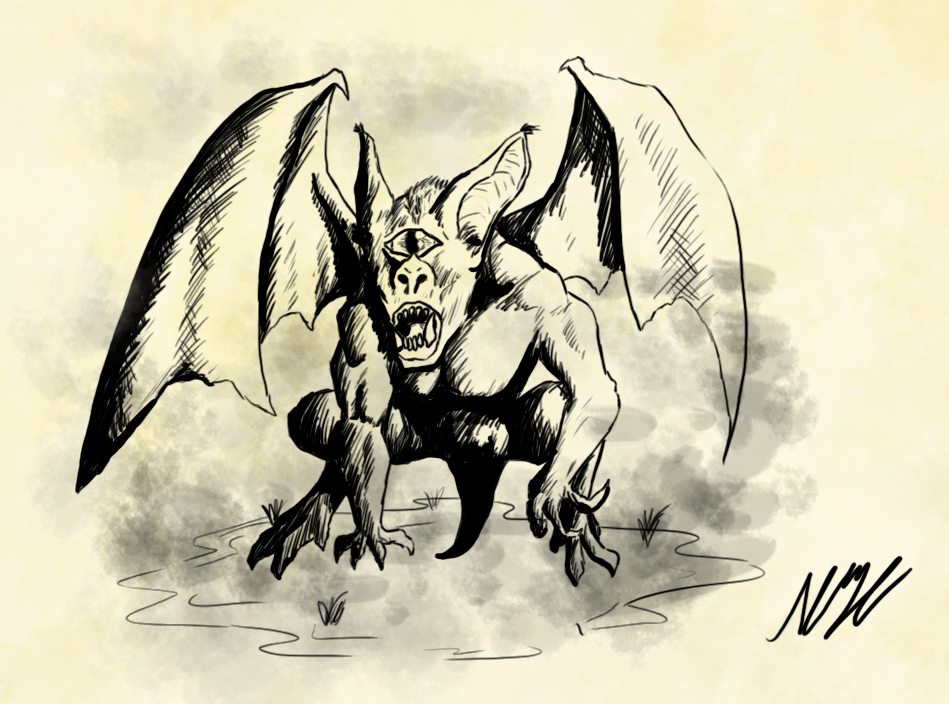
Nanahuatzin
Nanahuatzin or Nanahuatl (or Nanauatzin, -tzin meaning respect or closeness; Classical Nahuatl: Nanāhuātzin) is the most humble of the gods, sacrificing himself in fire to continue shining as the sun god. The name Nanahuatzin means “full of sores.” In accordance with the Histoyre du Mechique translation, Nanahuatzin is the son of itzpapalotl and Cozcamiauh or Tonantzin, but adopted by Piltzintecuhtli and Xochiquetzal. In the codex Borgia, Nanahuatzin is represented as a man emerging from fire.
This was initially interpreted as an example of cannibalism. It may be a facet of Xolotl.
Aztec Tradition
The Aztecs had various myths related to creation, and Nanahuatzin corresponds to many of them. In the Quetzalcoatl myth, Nanahuatzin helps Quetzalcoatl to obtain the first grains that will become humanity’s food. In Aztec mythology, the universe is not permanent or eternal, but subject to death like every living thing. Even at death, however, the universe is reborn into a new age or “Sun.” Nanahuatzin is best known from the “Fifth Sun Myth” recounted by Bernardino de Sahagún.
This story consisted of four creations in which each time a god took on the task of serving as the sun: Tezcatlipoca, Quetzalcoatl, Tlaloc, and Chalchiuhtlicue. Each age ended because the gods were dissatisfied with the humans they had created. Finally, Quetzalcoatl collects his ancestors’ sacred bones with the help of Xolotl, mixes them with corn and his own blood, and manages to create acceptable humans. However, no other god wanted to take on the role of Sun.
The gods decide that the fifth and likely final Sun must sacrifice his life by giving himself to the fire. Two gods are selected: Tecciztecatl and Nanahuatzin. The former is chosen to serve as Sun because of his wealth and power, while the latter will serve as the Moon due to his poverty and sickness.
Tecciztecatl, proud, sees his impending sacrifice and transformation as an opportunity to achieve immortality. Humble Nanahuatzin accepts the task as his duty. In the days before the sacrifice, both gods are purged. Tecciztecatl offers riches and offers of coral, while Nanahuatzin offers his blood and performs penances.
The gods prepare a great bonfire that burns for four days and build a high platform where the selected two gods must jump into the flames. They sit on the platform waiting for the sacrifice day. The gods call on Tecciztecatl to throw himself into the fire first, but his courage abandons him after trying four times to jump onto the fire emitting an excessive amount of heat. Nanahuatzin, with his eyes closed, jumps off the edge into the middle of the fire once he realizes he has the courage that Tecciztecatl lacks. Disappointed by Tecciztecatl’s cowardice, the gods walk away quietly and leave the edge for Nanahuatzin.
Nothing happens at first, but eventually two suns appear in the sky. One of the gods, disgusted by Tecciztecatl’s cowardice, takes a rabbit and throws it in his face, causing him to lose his radiance. Thus Tecciztecatl becomes the moon, which still to this day has the appearance of a rabbit. Despite this, the sun remains motionless in the sky, scorching and burning all the ground below. The gods realize that they must sacrifice themselves to allow humans to live.
They offer themselves one by one to Ehecatl, who, as a result of their sacrifices, moves the Sun in the sky with powerful winds instead of burning the world.







